 | ||
|---|---|---|
NES | ||
 | ||
Nintendo Wii | ||
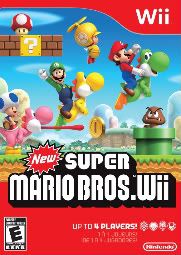 | ||
PC | ||
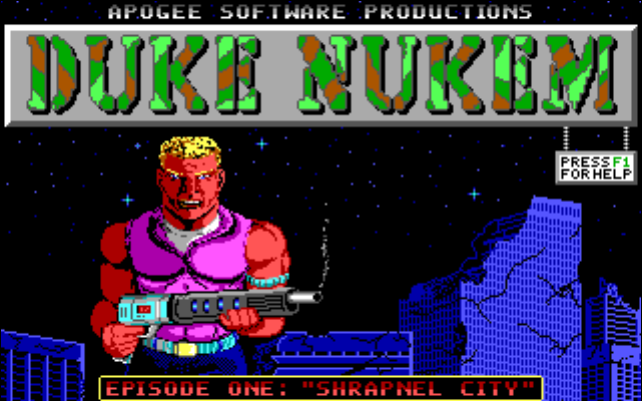 |
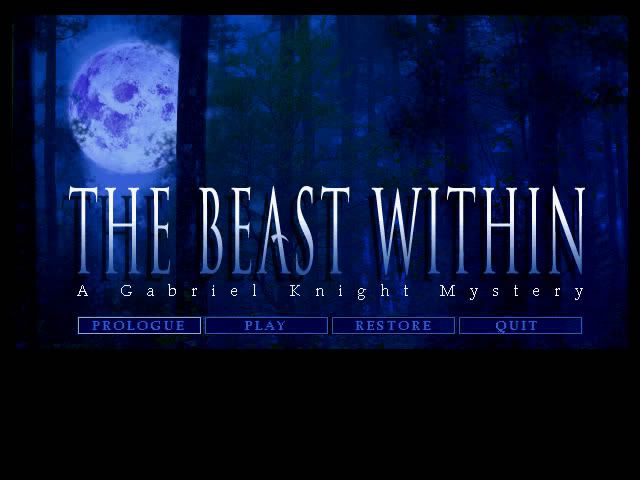 |
 |
Sega Genesis | ||
 |
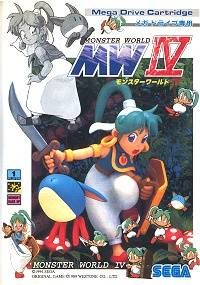 |
 |
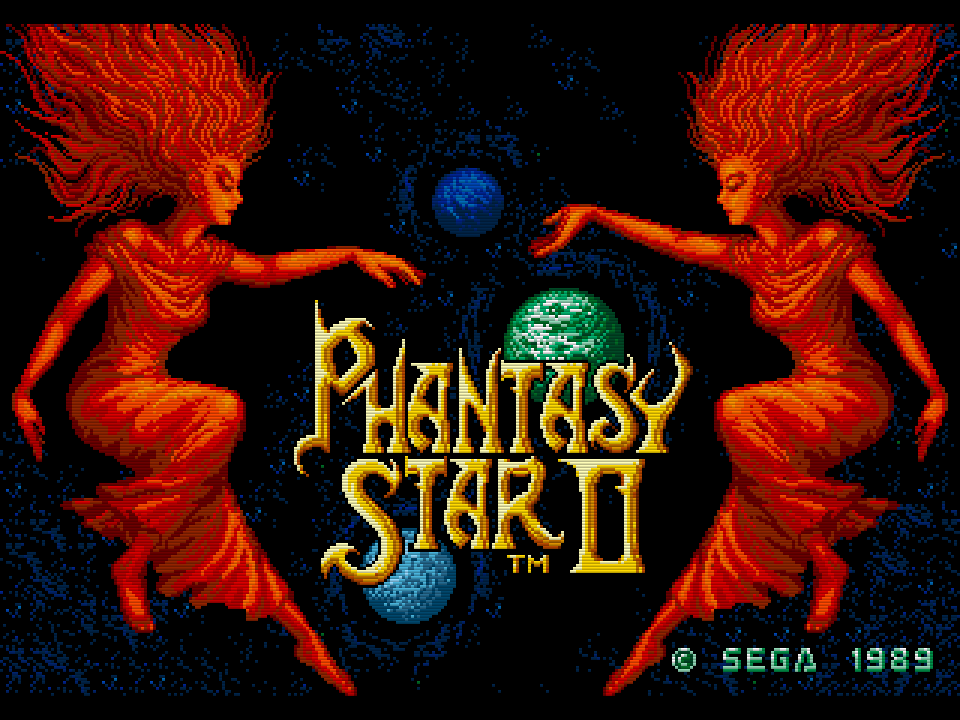 |
 |  |
Sega Master System | ||
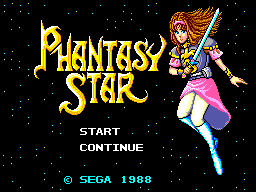 |
 | 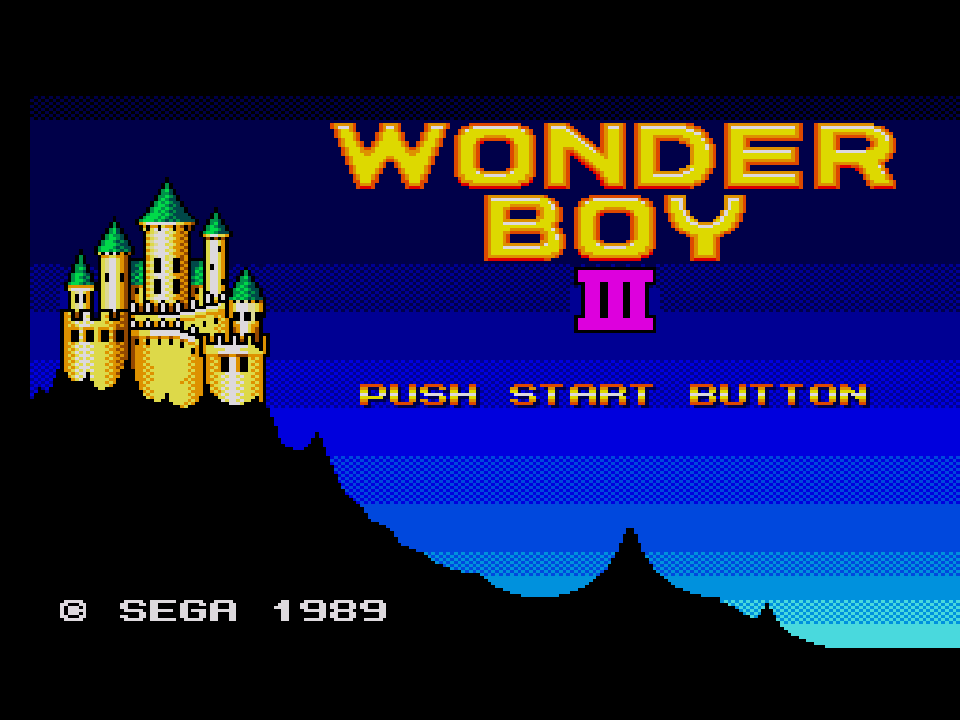 |
X-Box | ||
 | ||
 | |
|---|---|
Shocking Badge Given for electrocuting fun contained within the game |  |
Badass Badge Given for feeling like a badass in the game |  |
Pantsu Badge Given for panty shots contained within the game |  |
| Monkey Badge Given for containing monkeys! |  |
| Star Wars Badge Given for Star Wars references/rip Offs |  |
Slut Badge Given for the ability to be a slut in the game. | 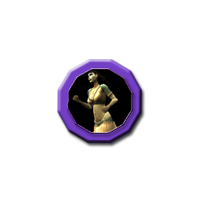 |
Suck Badge Given for sucking things. | 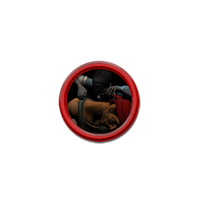 |
More to come as games are reviewed! | |
For those interested, I will explain just how the review system works, what goes into deriving a score, and what a typical score format might look like. The main concept behind the review system is to have an overly complicated technical review system that removes as many feel-based rating factors as possible from the overall standard score. This gives an end rating that should in theory be closest to the overall quality of the game. But we also can’t forget those feel-based rating factors we’ve gone through the work to separate.
This overly complicated format is also supplemented by some additional factors, such as badges and bonus points which can give the game a rating based on the “feeling” as well. This results in two ratings: a overall rating of quality and a second rating based on what we feel about the game. The badges also mark games for having certain qualities that: a) don’t always affect the rating of the game or b) are just worth mentioning.
A review should go over a number of game elements and these elements are broken down into 3 main categories: Graphics, Audio, and Gameplay. For each category a number of elements are focused on, things like Colors, Objects, Music, Menus, etc. Each of these elements has a set of criteria by which to evaluate them. To save the nonsense I won’t go over all the low level criteria for what is looked at, but I will show an example for the Objects element of the Graphics category.
Objects:
-Is the player's character/player controlled objects interesting?
-Are enemies interesting?
-Are they unique? (Does your character look suspiciously like another games' character?)
-Can you actually tell what objects are supposed to be?
-How repetitive are the objects in the world that you encounter? (Recolors of enemies?)
In the scoring system each of these lowest level elements would get a possible 5 points. If an element does not apply it is not included in the possible scoring. These scores are then added together to get a percentage score for the objects category itself. This would then be used with the other graphics elements to get the overall graphics score. The other main categories work in a similar fashion. To sum up the scoring its best to say that every element looked at in a game is used as a factor in the final score. We take the total percentage of points received to get the score out of 5 for a category. This often results in ratings with decimals so the final sprite scores are approximations of the actual score (usually rounded to halves).
I could go into much more depth on the scoring, but I don’t think it would be all that interesting.
Here’s a diagram that explains the basics of the scoring table.


